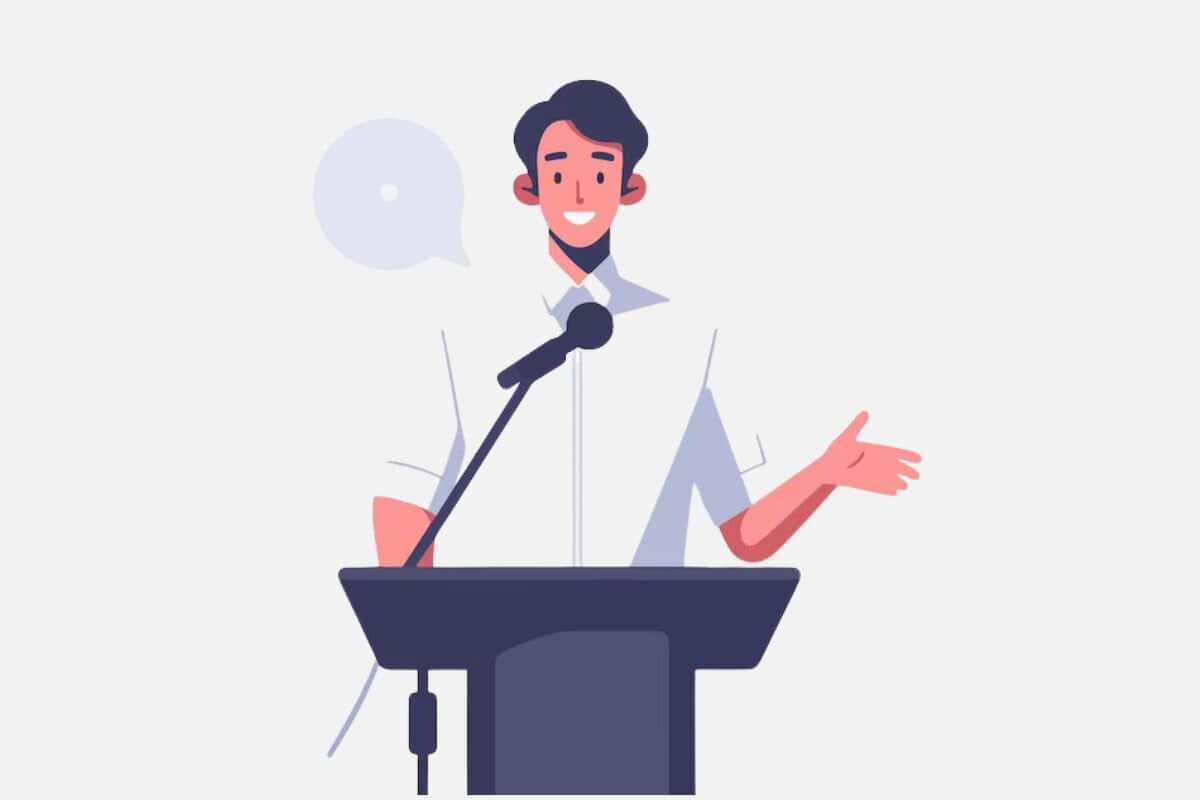Weddings and graduation ceremonies have one thing in common: great speeches.
If you’re the chosen one responsible for giving an electrifying toast, you don’t have to be nervous.
It’s understandable that stage fright can happen, but the only thing to really fear is being unprepared.
If it makes you feel any better, you’re not alone.
Public speaking is said to be the biggest fear among American adults, even more than going into debt, flying, and even dying.
That should boost your confidence a little, but writing and preparing for your speech will do a lot more.
In this guide, we’ll discuss the dos and don’ts of public speaking, provide detailed step-by-step instructions on how to write a speech, and discuss the tools that can help you.
How to Write a Speech
A speech is strategic verbal wizardry designed to command attention, engage emotions, and leave a lasting impact.
A well-written speech moves like a symphony: a powerful opening, engaging main themes, and a conclusion that lingers long after the applause dies down.
Yet many speakers sabotage themselves before they even begin with rambling introductions, meandering points, and conclusions that fizzle out like deflated balloons.
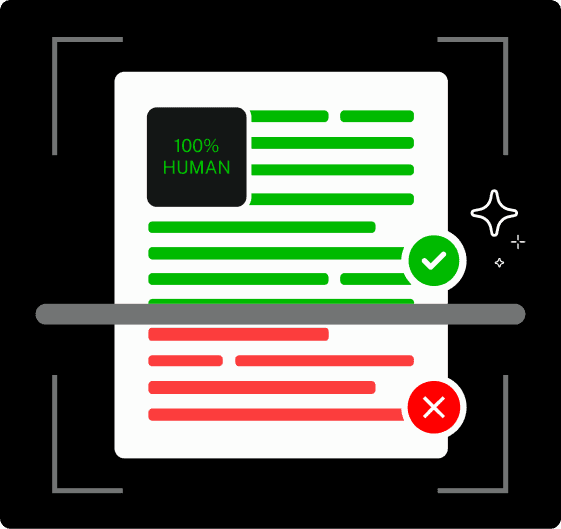
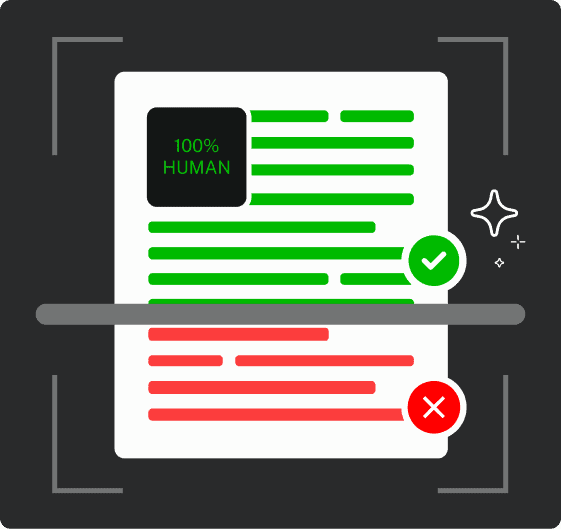
Never Worry About AI Detecting Your Texts Again. Undetectable AI Can Help You:
- Make your AI assisted writing appear human-like.
- Bypass all major AI detection tools with just one click.
- Use AI safely and confidently in school and work.
The secret?
Structure, psychology, and a touch of showmanship.
Here’s how to craft a speech that people will actually want to hear.
Step 1: Define the Purpose and Audience
Every speech exists for a reason—whether it’s to inform, persuade, or entertain—but most fail because that reason isn’t clear from the start.
The best speeches don’t just have a topic—they have a mission.
Understanding the audience is just as crucial.
A room full of corporate executives won’t respond the same way as a group of high school students.
Audience psychology determines tone, examples, and even pacing.
A TED Talk thrives on storytelling and big-picture thinking, while a legal argument calls for airtight logic and precise wording.
Knowing who’s listening dictates how the message lands.
Beyond demographics, there’s also cognitive load to consider.
The brain has a limited capacity for processing information in real time, which means overcomplicating a speech with jargon or excessive detail is the quickest way to lose engagement.
Simplification isn’t dumbing down but rather refining clarity. The goal is to connect, not overwhelm.
Step 2: Choose a Compelling Topic or Theme
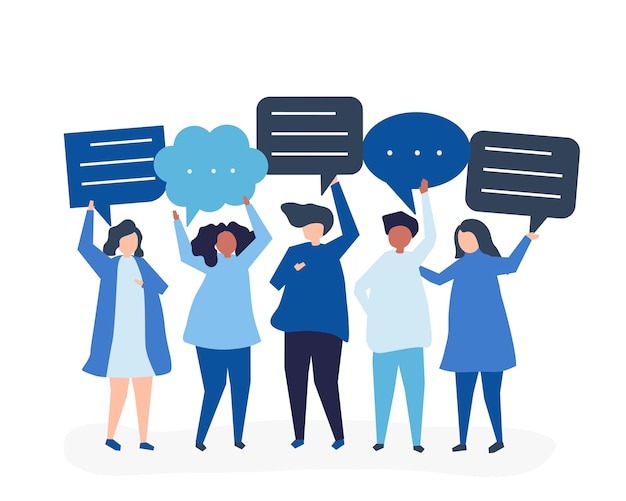
A speech topic shouldn’t go beyond interesting and be magnetic.
Something that grabs attention and refuses to let go.
The best topics pass the “dinner party test,” which means if it’s worth discussing over dinner, it’s probably worth building a speech around.
A great topic must:
- Spark curiosity – If it’s predictable, it’s forgettable.
- Be relevant – If it doesn’t matter to the audience, it won’t matter at all.
- Have a clear message – Complexity is fine, but confusion is not.
- Offer something new – A fresh angle beats a recycled idea every time.
Step 3: Structure the Speech Properly
Even the most brilliant ideas crumble without structure.
The best speeches feel effortless, but they follow a meticulous formula:
- The Hook (Primacy Effect) – The brain prioritizes the first thing it hears. A weak start can cause you to lose attention before the message even lands.
- The Main Body (Cognitive Flow) – Organized, intentional, and free of unnecessary detours. If a speech has seven main points, it has too many.
- The Conclusion (Recency Effect) – Final words hold disproportionate weight. A strong ending sticks, while a weak one disappears into the void.
The “Mountain Method” is a simple yet powerful framework:
- Base Camp (Introduction): Captures attention and sets expectations.
- The Climb (Main Points): Builds the argument or narrative momentum.
- The Summit (Peak): Delivers the strongest, most compelling point.
- The Descent (Conclusion): Ties everything together with a final, memorable message.
Freytag’s Pyramid—a storytelling structure of exposition, rising action, climax, falling action, and resolution—also applies to speechwriting.
Humans process stories better than raw information, so embedding a speech within a recognizable narrative arc increases retention and impact.
Step 4: Write an Attention-Grabbing Introduction
The first 30 seconds determine whether the audience listens or mentally checks out.
Neuroscience confirms that attention drops rapidly without an engaging hook. Strong openings include:
- A powerful statistic – The brain loves numbers.
- A compelling question – Forces engagement.
- A bold statement – Makes the audience lean in.
- A story – The human brain is wired for narrative.
What doesn’t work? Apologizing. Stalling. Over-explaining.
Weak openings signal a weak speech. Confidence, even if manufactured, sets the tone.
Own the stage or lose it.
Step 5: Develop Engaging and Clear Main Points
Complexity isn’t the enemy. Confusion is.
The human brain loves patterns, and the best speeches take advantage of that by organizing ideas into structured, digestible points.
A chaotic speech feels like a train without tracks, where energy is wasted and direction is lost.
The Rule of Three isn’t just a writing gimmick; it’s a psychological principle. People naturally retain information better in sets of three.
Speeches that hammer five, six, or seven points into an audience’s head may as well be whispering into the void, as most of that information will evaporate within minutes.
Keeping key points focused and streamlined is strategic and effective.
Step 6: Add Personal Stories, Humor, or Emotional Elements

Data informs, but stories persuade.
Neuroscience calls it narrative transportation, the process where storytelling engages multiple areas of the brain, making a message more compelling and memorable.
Cold facts may impress, but human connection wins hearts and minds.
A speech that lacks emotional pull is just a Wikipedia page read out loud, informative but forgettable.
Humor, when used correctly, acts as a secret weapon. It breaks tension, fosters connection, and makes content more digestible.
However, forced humor is worse than no humor at all.
A joke that lands feels effortless.
A joke that flops creates secondhand embarrassment strong enough to sink a room.
Timing, tone, and delivery determine whether humor enhances a speech or derails it.
Step 7: Create a Strong and Memorable Conclusion
The brain prioritizes what comes last.
The best conclusions tie back to the introduction, reinforcing key messages while delivering an emotional or intellectual punch.
An impactful conclusion should:
- Summarize key takeaways without sounding repetitive.
- Reinforce the speech’s central theme.
- End on a powerful note like a call to action, a striking statement, or a question that lingers.
Step 8: Edit, Revise, and Practice the Speech
Writing a speech is only half the battle.
The editing process is where good speeches become great.
The best speakers in history didn’t wing it. Instead, they refined, restructured, and rehearsed until every word served a purpose.
Editing isn’t about making a speech longer but about making it sharper.
The best speeches are lean, not bloated, where every sentence should earn its place.
Unnecessary fluff? Gone.
Overly complex phrasing? Simplified.
Repetitive points? Condensed.
Editing is the art of saying more with less.
Rehearsing a speech shouldn’t just be about memorization but rather about mastering delivery.
Words on paper don’t always translate smoothly to spoken language.
Reading aloud exposes awkward phrasing, unnatural rhythms, and moments where breath control becomes an issue.
A speech should sound natural, not robotic.
Secret Tip: Timing matters, too.
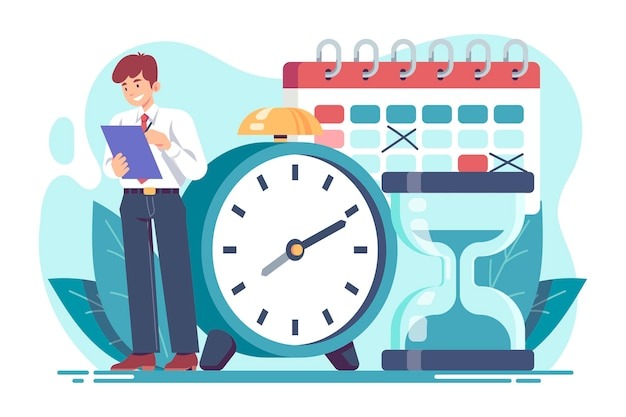
A speech should always be shorter than the allotted time.
Pacing in a real speech is different from pacing in practice, and external factors like audience reactions, pauses, and improvisations can stretch delivery.
A 10-minute speech on paper can easily become a 15-minute speech on stage.
Speech Writing Format & Best Practices
The best speeches follow a structure, but they also have soul.
Here’s what works: Start strong, keep it tight, make them feel something, and end with impact.
If it’s a wedding toast, make it heartfelt. If it’s a graduation speech, make it inspiring.
If it’s a corporate keynote, make it sound like you’re not reading from a PowerPoint slide.
The golden rule? Know your audience, keep it personal, and for the love of all things holy, rehearse it at least once before stepping up to the mic.
How to Write a Best Man Speech
A best man speech is a high-stakes mix of humor, sentiment, and just enough embarrassment to keep it entertaining without getting yourself disinvited from future family gatherings.
The goal? Celebrate the groom, toast the couple, and avoid getting booed off the stage.
What Makes a Great Best Man Speech?
A winning best man speech checks three boxes:
- A killer opening – Hook the crowd early with a funny or heartfelt opener. A solid joke? Great. An inside story that makes the groom sweat a little? Even better.
- A balance of humor and heart – The groom’s ridiculous antics are fair game, but don’t roast him into oblivion. Follow the comedy with something meaningful about his relationship with the bride.
- A strong finish – End with a heartfelt toast that makes the audience raise their glasses instead of questioning their life choices.
Best Man Speech Example & Template
“Ladies and gentlemen, family, friends, and the people here just for the open bar…
As [groom’s name]’s best man, my job is simple: embarrass him just enough to make this speech unforgettable but not enough to make him regret choosing me. I met [groom’s name] [X] years ago, and in that time, I’ve learned two things: he’s got a heart of gold, and he’s been punching above his weight ever since he met [bride’s name].
[Insert funny or heartwarming story here.]
So let’s raise our glasses to [bride’s name] and [groom’s name]—may their love be stronger than [groom’s questionable fashion choices] and their happiness last longer than this speech. Cheers!”
How to Write a Maid of Honor Speech
A maid of honor speech is equal parts heartfelt tribute and best-friend flex.
It’s the chance to tell the world why the bride is incredible while casually reminding everyone that you knew her first.
Dos and Don’ts for a Successful Maid of Honor Speech
DO keep it personal, tell a great story, and make sure the bride isn’t the only one crying happy tears.
DON’T make it about yourself, bring up exes, or turn it into an unhinged stand-up routine.
Maid of Honor Speech Example & Template
“Good evening, everyone! For those of you who don’t know me, I’m [your name], and for those of you who do—thanks for putting up with me.
I’ve known [bride’s name] since [X years], and from day one, she’s been [insert flattering quality—kind, hilarious, or a literal human GPS because she never gets lost]. But the day she met [groom’s name], something changed. She became even more of the incredible person she already was.
[Insert sentimental or funny story here.]
So let’s raise a glass to [bride’s name] and [groom’s name]. May their love story be as beautiful as their wedding day, and their patience with each other be endless. Cheers!”
How to Write a Graduation Speech
A graduation speech is equal parts nostalgia, inspiration, and just enough wisdom to sound profound without sending everyone into a boredom coma.
Don’t list achievements; go ahead and mark the moment.
Using Quotes, Personal Experiences, and Motivational Messages
Quoting famous people makes a speech sound smarter, but personal stories make it matter.
The best graduation speeches blend aspects like a legendary poem, a personal journey, and a universal takeaway.
Graduation Speech Example & Template
“They say, ‘The future belongs to those who believe in the beauty of their dreams.’ Well, today, we’re proof of that.
We started this journey as [confused freshmen/clueless undergrads], and today, we stand here as graduates—still a little clueless, but with way cooler diplomas. We’ve survived exams and all-nighters and somehow convinced our professors we were paying attention on Zoom. But most importantly, we’ve built friendships, learned resilience, and discovered that we’re capable of more than we ever imagined.
As we step into the next chapter, let’s remember that success isn’t just about how far we go but how we lift others along the way. Here’s to the future—uncertain, exciting, and full of endless possibilities!”
How to Write a Wedding Speech
A wedding speech is part tribute, part toast, and 100% about making the bride and groom feel like the main characters of the greatest love story ever told.
It needs to be a lot more captivating than what you’d write on a wedding card.
Personalizing Your Speech for the Bride and Groom
Forget generic platitudes—make it personal.
A great wedding speech highlights the couple’s unique quirks, their journey together, and why they’re absolute soulmates.
Inside jokes? Perfect.
A touching moment that defines their love? Even better.
Wedding Speech Example & Template
“Love is patient, love is kind… but love is also realizing that your partner will never, ever load the dishwasher correctly.
When [bride’s name] and [groom’s name] met, something just clicked. It was like watching two puzzle pieces snap perfectly into place—except those puzzle pieces both had their own strong opinions and very different definitions of what ‘on time’ means.
But that’s love. It’s not about being the same; it’s about complementing each other in a way that makes life richer, funnier, and infinitely more meaningful. So let’s raise a glass to [bride’s name] and [groom’s name]—may their love be as deep as their patience for each other and their happiness last longer than this speech. Cheers!”
How AI Can Help You Write a Perfect Speech
There are so many AI tools that can transform speech writing or writing in general.
Undetectable AI has become the secret weapon of many for crafting natural, engaging speeches.
Here’s the process:
- Use Undetectable AI’s new tool, “Ask AI” to initiate brainstorming.
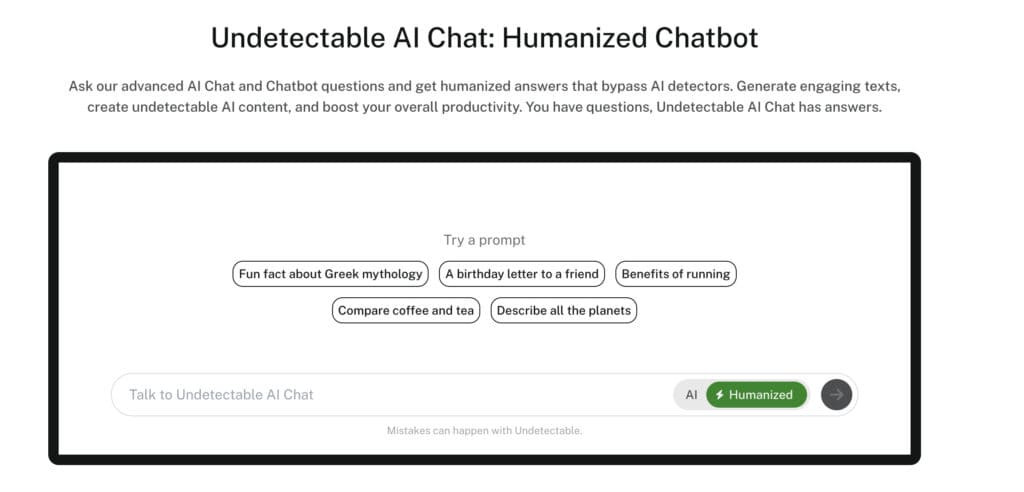
- Draft the main points and stories.
- Run it through Undetectable AI Humanizer to enhance natural flow.
- Fine-tune the final version.
The key is using AI as a tool, not a crutch.
It helps generate ideas and improve flow, but your personal touch makes the speech authentic.
Try our AI Detector and Humanizer right in the widget below!
No More Stage Fright
Stage fright—everyone gets it. Even the best speakers feel that rush of nerves before stepping up. The trick? Be prepared.
Here’s how to turn anxiety into confidence:
- Master your material – Knowing your speech inside out reduces uncertainty.
- Practice smart – Record yourself, watch playback, refine delivery.
- Visualize success – Picture a confident, engaging version of yourself on stage.
- Embrace the nerves – That energy can level up your performance.
Every great speaker started somewhere. Mistakes happen, and nerves flare up, but consistency beats perfection every time.
The more you speak, the better you get.
Want to ensure your speech sounds natural and engaging before you step on stage?
Use Undetectable AI’s “Ask AI” and Humanizer to refine your speech, polish your tone, and make sure your words land exactly how you want them to.
The stage is waiting, go own it.
